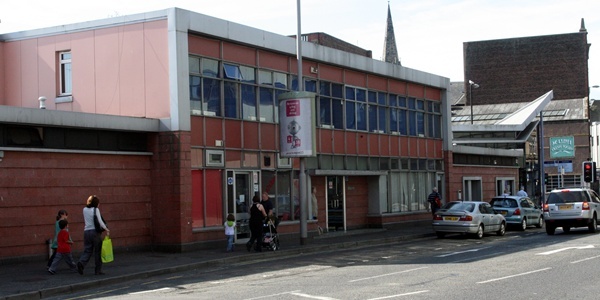Dundee councillors have backed a long-term aspiration to cut air pollution at hotspots across the city.
There are a number of streets, mostly in the city centre or on busy arterial routes, where the levels of nitrogen dioxide and particulates are too high. Both of these substances can result in health problems for people repeatedly exposed to them.
The city council now has drafted an air quality action plan, which will be submitted to the Scottish Government for final approval.
In a report to councillors, head of environmental health Albert Oswald said the plan was a “positive, practical and robust tool” to achieve the aim of reducing pollution.
No extra money has been allocated to support the work and projects will have to be funded through existing budgets or special grants. Road traffic, especially buses and HGVs, has been identified as the source of most of the excess nitrogen dioxide (NO2) and much of the excess particulates.Problem areasHotspots include Meadowside, Victoria Road, Lochee Road, Logie Street, Seagate, Nethergate, Whitehall Street and Forfar Road, with NO2 levels at least 25% too high.
Improving the city’s traffic management system could be key to tackling the problem as free-flowing vehicles generate less pollution than slow-moving, stop-start traffic.
Working with bus operators to improve punctuality and cut congestion could also help, the plan said. Switching to lower emission fuels when bus fleets are renewed is also a possibility and the council will look at the feasibility of creating a low emission zone for buses.
The council is also planning to work with Tactran, the regional transport partnership, to try to work out if park-and-ride facilities, to get commuters to switch from cars to public transport for the final leg of their journey into the city, might also be helpful.
Tactran will also get involved in considering the merits of setting up a freight consolidation centre, which would allow HGVs to drop off goods which would then be delivered within the city by smaller, less polluting vehicles.
The council also plans to look at its own 600-strong fleet to see if can make greater use of alternative fuels and also set formal emissions standards for its vehicles.
Taxis and private hire vehicles-of which there are more than 750-may also be required to meet emissions standards and it is possible that the council will put up “no idling” signs at pollution hotspots to discourage drivers from keeping their engines running while they are parked.
Various education and community initiatives are also included in the action plan, such as promoting travel plans for schools and businesses to reduce reliance on cars, especially single-person trips. Encouraging people to walk or cycle would also be of benefit.
In his report, Mr Oswald said the council was already taking a pro- active approach to tackling air quality issues. He said, “Workplace travel plans have already been prepared by some local employers and a Dundee City Council plan is currently in place.
“Tactran also promote a car and lift-sharing website where those looking to offer a lift are matched with those looking for a lift. Many schools have travel plans, minimising the school run and promoting healthier alternatives.”
